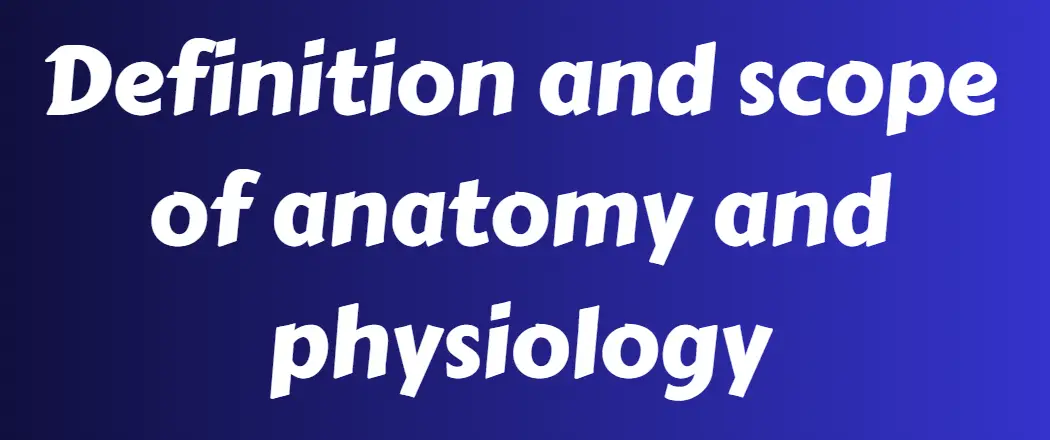Definition
Anatomy and physiology are two closely related branches of biological science that collectively explore the structure and function of living organisms. These disciplines provide a fundamental understanding of how organisms are structured and how they operate at the cellular, tissue, organ, and system levels.
Anatomy
Anatomy is the study of the structure of living organisms and their parts. It involves the examination of the size, shape, location, and organization of various body structures. Anatomy is often divided into several sub-disciplines, including gross anatomy (examining structures visible to the naked eye), microscopic anatomy (exploring structures at the cellular and tissue levels), and systemic anatomy (studying the structures within specific systems of the body).
Physiology
Physiology is the study of the functions and processes of living organisms and their parts. It focuses on how living organisms carry out essential activities, such as metabolism, growth, movement, responsiveness to stimuli, and reproduction. Physiology encompasses various sub-disciplines, including cardiovascular physiology, neurophysiology, and endocrinology, each concentrating on the functions of specific organ systems.
Scope of Anatomy and Physiology
- Cellular Level:
- Anatomy: Examines the structure of cells, tissues, and organelles.
- Physiology: Investigates cellular processes, such as cellular respiration, membrane transport, and cell division.
- Tissue Level:
- Anatomy: Explores the different types of tissues (epithelial, connective, muscle, nervous) and their arrangement.
- Physiology: Studies the functions of tissues and how they contribute to overall bodily functions.
- Organ Level:
- Anatomy: Investigates the structure of organs and their spatial relationships.
- Physiology: Explores the functions of organs and how they work together.
- System Level:
- Anatomy: Examines the structure of organ systems (e.g., cardiovascular, respiratory, nervous).
- Physiology: Investigates the coordinated activities of organ systems to maintain homeostasis.
- Whole Organism Level:
- Anatomy: Studies the overall structure of an organism.
- Physiology: Looks at the integrated functions of all organ systems to maintain life.
- Clinical Application:
- Anatomy: Forms the basis for medical imaging, surgery, and pathology.
- Physiology: Guides medical diagnosis and treatment, providing insights into the mechanisms of diseases and their management.
- Research and Advancements:
- Anatomy: Supports research in evolutionary biology, comparative anatomy, and developmental biology.
- Physiology: Drives advancements in medical treatments, pharmaceuticals, and the understanding of complex biological processes.
In conclusion, anatomy and physiology together form the cornerstone of biomedical sciences, providing a comprehensive understanding of the structure and function of living organisms. Their combined knowledge is vital for healthcare professionals, researchers, and educators, influencing medical practice, advancements in healthcare, and the overall comprehension of life processes.



